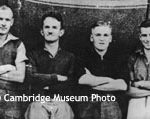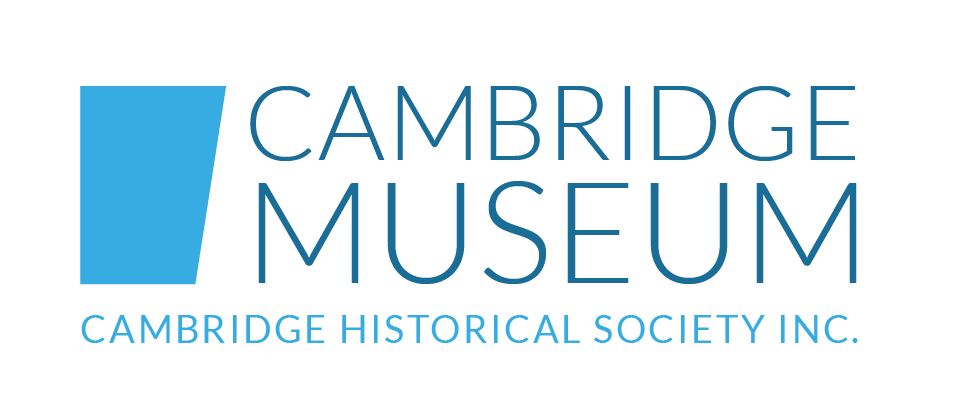Cambridge People
Explore the history of the generations of people who have shaped the Cambridge area.
Cambridge in World War Two

As soon as the second World War was announced in September 1939 Cambridge people moved into action.
The Patriotic Council regulated all collections of money and goods and Cambridge was asked to provide 56 pairs of socks, pyjamas and handkerchiefs. Twenty-three Christmas parcels were made consisting of a plum pudding, tin of 25 cigarettes, tin of toffee, a handkerchief and toothbrush. But this was only the beginning.
The Patriotic Committee organised farewells for all the men and women going overseas. Leather wallets embossed with their names were presented at these socials.
Nationwide drives for funds were carried out and in Cambridge an untiring band of workers was led by Edgar James. The women’s committee organised a depot (where Cambridge Bakery in Duke Street is now), all organisations, schools, and churches being rostered to ‘do their bit’. Sewing circles, knitting circles and numerous cups of tea were produced from this depot.
The Red Cross had started in Cambridge in 1939 and as this association was an auxiliary of the defence force, all their funds went expressly towards this work They set up a bring-and-buy in a shop next to Clark & Sons in Duke Street. A paddy’s market started immediately to raise funds for material, and they started making clothes for Polish refugees. Most of the members of the Patriotics were also members of the Red Cross as everyone was in ‘boots and all’.
On 19 December 1939 news of Cambridge’s first war casualty was announced. The death of Able Seaman Archibald Cooper Hirst Shaw from H M S Archilles off Montevideo.
There was always the silent legion of mothers, fathers, wives, brothers, sister and sweethearts with a loved one away, or preparing to go to war. They packed parcels, wrote cheerful letters, kept the home going and prayed. World War Two claimed the lives of 77 Cambridge men.
Volunteer Army Department
St John Ambulance started emergency lectures with Dr J Ritchie, and many young women worked towards joining the Voluntary Aid Detachment. Joan Meredith was the first girl to leave from Cambridge.
Rationing
It wasn’t long before petrol rationing and coupons for buying goods were a way of life. Country Women’s Institute incorporated Patriotic work with their meetings as they gathered library books for the training camps and donated competition money to the Patriotic fund. Every member gave 1/- towards a fund to buy an ambulance for the Red Cross forces overseas. Knitting wool, distributed by the Red Cross also produced hundreds of gloves, scarves and socks. Coupons ruled supreme. With so many shortages the only way to get goods was with allocated coupons and cigarette coupons were like gold.
National Reserve
The Returned Soldiers Association formed the National Military Reserve for the defence of New Zealand. Detachments of the Home Guard sprang up around the districts. Drills and manoeuvres were commenced and booby traps put into position.
In 1942 forty Cambridge girls were called up under the National Service Emergency Regulations.
And so it went on – more men and women were called to register for overseas duty or manpower at home. More shortages – it became hard to just ‘carry on’. More men missing – more deaths.
What an incredible feeling it must have been when it was declared ‘war is over’.
Now, as reported in the Independent in April 1939 when the first dawn parade was held in Cambridge, ‘. . . murmured greeting, the shuffling of boots as the men fall in . . . then the rhythmical tramp of feet . . . the march, the silence, to the Cenotaph.’
Researched and written by Eris Parker 1989
Ref: Cambridge Museum Archives
